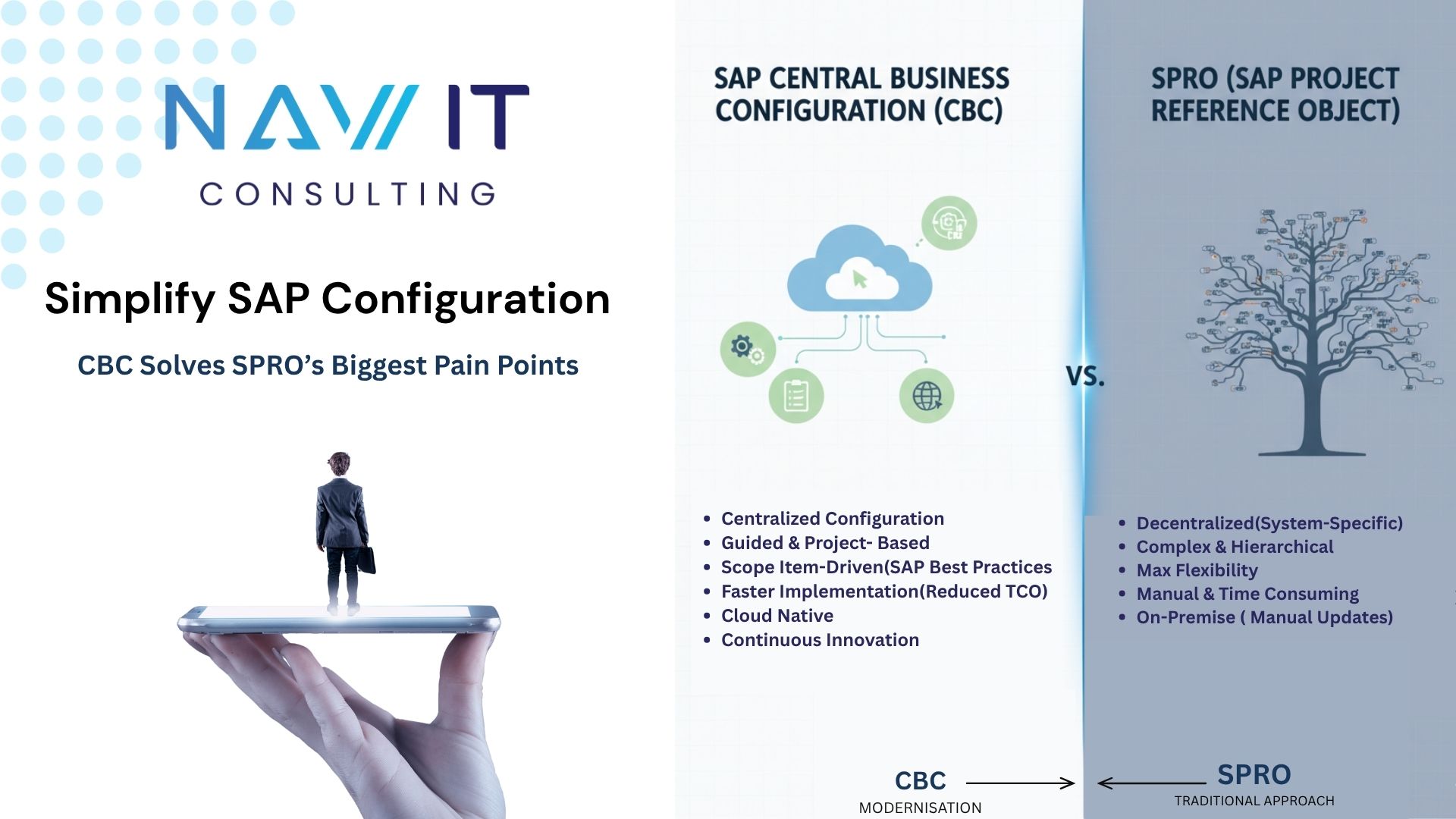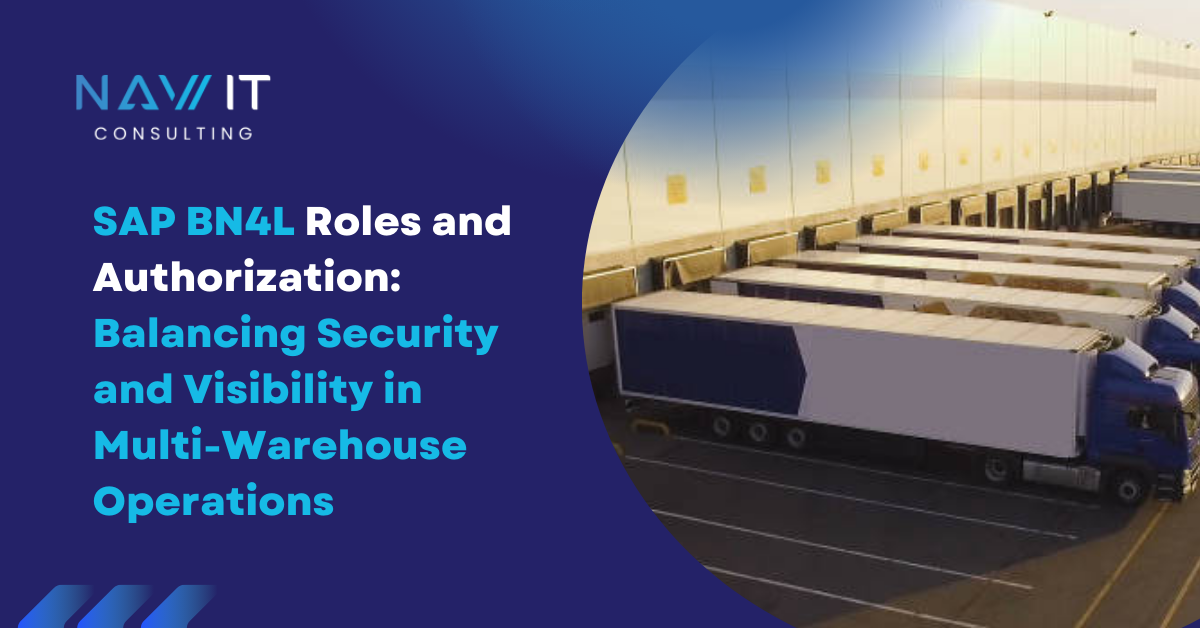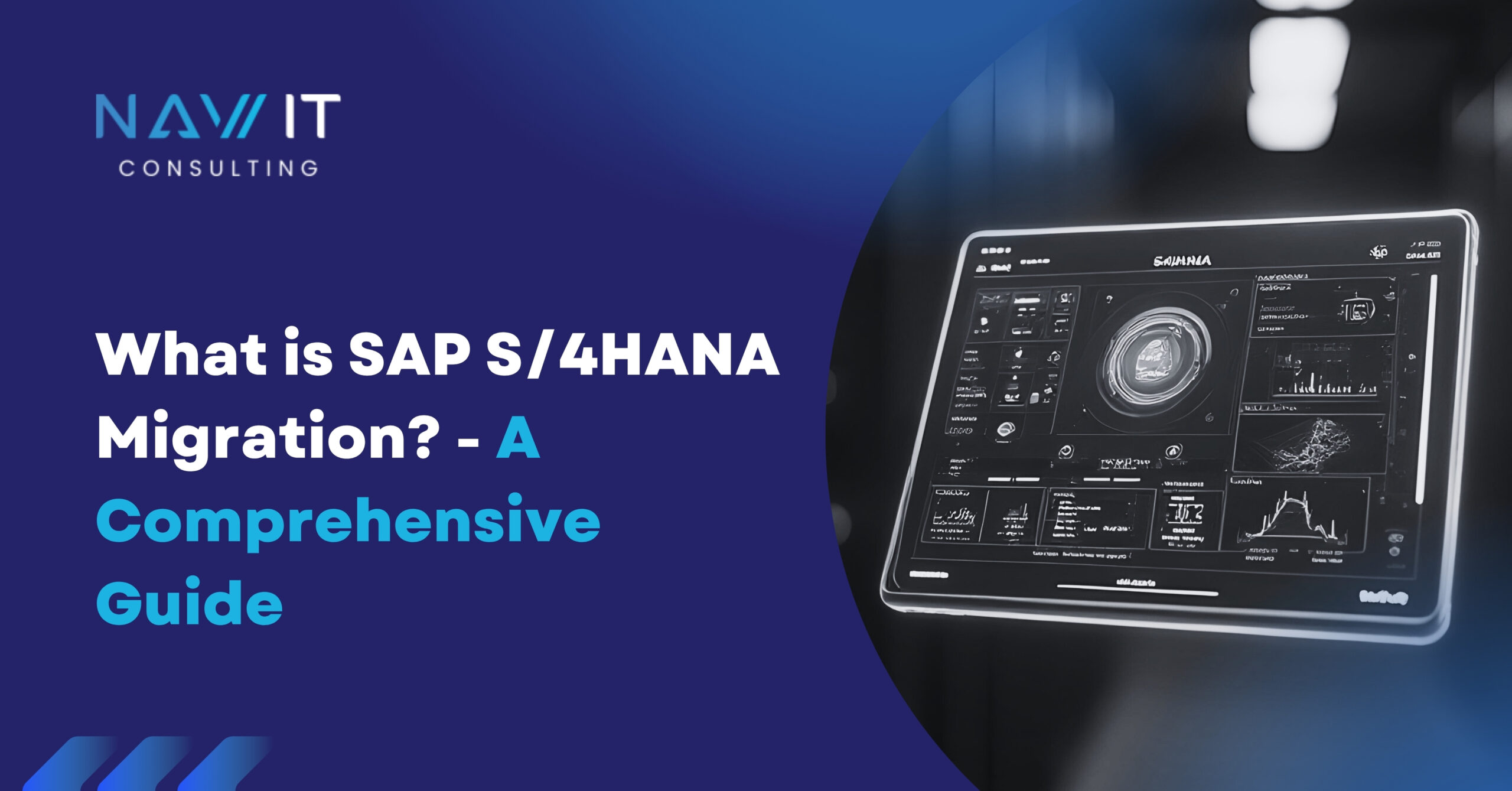For any organization involved in the movement of goods, efficient dock management is the core of successful logistics operations. Streamlined scheduling, clear communication, and well-coordinated execution of dock activities are essential for maximizing throughput, minimizing delays, and ensuring the smooth flow of inventory. This blog post discusses the functionalities of SAP Business Network for Logistics (BN4L) – specifically its Freight Collaboration module – and explores how it empowers businesses to achieve optimal dock management.
Understanding Effective Dock Management: SAP Business Network for Logistics Focus
Imagine a busy distribution center where trucks constantly arrive and depart, each carrying essential goods that need to be unloaded, sorted, and reloaded. The efficiency of this operation depends on precise scheduling, clear communication, and coordinated execution. However, this ideal scenario is often disrupted by various challenges:
- Scheduling Precision: One morning, a truck arrives at the dock an hour earlier than expected. The dock workers, unprepared for its arrival, scramble to find a slot for unloading. The resulting delay causes a backlog, affecting the schedule of subsequent trucks. The root of the problem is a lack of precise scheduling for truck arrivals and departures. Without specific time blocks for deliveries, chaos ensues, leading to traffic jams at the dock and inefficient use of workers and equipment.
- Communication Clarity: On another day, a shipment is delayed due to a breakdown en route. The carrier fails to communicate this promptly, leaving the dock workers waiting for a truck that won’t arrive on time. Miscommunication between shippers and carriers causes confusion and disrupts the entire flow of operations. Timely notifications of appointment confirmations, changes, or potential delays are crucial to adjust plans accordingly and maintain the smooth flow of goods through the dock.
- Safety and Compliance: In a separate incident, a safety inspection reveals that the dock operations are not fully compliant with regulatory requirements. This oversight risks fines and operational shutdowns. Maintaining high standards of safety and compliance with regulatory requirements is paramount, necessitating integrated documentation management and audit trails.
- Gate Operation Streamlining: Driver check-in at the dock is often delayed due to manual document verification and inefficient cargo handling processes. These inefficiencies extend the time trucks spend at the dock, causing unnecessary delays. Efficient management of activities at the physical dock is critical to ensure goods are processed swiftly and wait times for both carriers and dock personnel are minimized.
SAP BN4L enhances these operational pillars, optimizing logistics management and ensuring seamless integration into dock operations.
The Solution: SAP Business Network for Logistics
To tackle these challenges, SAP BN4L’s Freight Collaboration module offers a comprehensive suite of functionalities designed to ensure the key aspects of dock management:
- Automated Dock Appointment Scheduling: SAP BN4L provides a user-friendly platform for carriers to book delivery or pickup appointments directly. This eliminates manual coordination and streamlines the scheduling process, saving valuable time and resources. With precise scheduling, the chaos of unscheduled arrivals is eliminated, ensuring smooth dock operations.
- Real-Time Visibility and Management: The system offers a centralized view of all scheduled dock appointments, allowing users to see details like appointment time, carrier information, cargo type, and expected arrival time. This real-time visibility enables proactive management and adjustments as needed based on unforeseen circumstances or changes in arrival times.
- Simplified Communication Channels: The platform supports clear communication between shippers and carriers. Appointment confirmations, updates, or cancellations are communicated electronically, ensuring timely notifications and reducing misunderstandings. Additionally, the system facilitates two-way communication channels, allowing for clarification of questions or special requests.
- Improved Gate Efficiency: SAP BN4Ls aligns easily with warehouse management systems (WMS) and other relevant applications. This allows for streamlined document verification (reducing manual data entry and potential errors), automated equipment allocation based on predefined rules (ensuring the right equipment is assigned to the right job), and improved visibility into cargo details (including weight, dimensions, and special handling instructions). These features contribute to faster processing times at the gate, minimizing delays and expediting the flow of goods.
- Enhanced Collaboration with Visibility Providers: For carriers utilizing third-party visibility providers, SAP BN4L’s is the best. Real-time estimated arrival times (ETAs) can be automatically pulled into the system, allowing for dynamic adjustments to the dock schedule if necessary. This proactive approach helps minimize delays and optimize dock utilization by accounting for unforeseen traffic conditions or route disruptions.
Additional Functionalities of SAP Business Network for Logistics
The value proposition of SAP BN4L’s Freight Collaboration module extends beyond the core functionalities mentioned above. The system offers features such as:
- Role-Based Access Control: Permissions can be assigned to different users based on their roles and responsibilities within the dock management process. This ensures that only authorized personnel have access to specific functionalities, maintaining data security and integrity. For instance, dockworkers may only have access to view and update appointment arrival statuses, while supervisors might have access to manage the overall dock schedule and configurations.
- Reporting and Analytics: The system generates comprehensive reports that provide valuable insights into dock utilization patterns, appointment adherence rates, potential issues, and areas for improvement. This data can be used to optimize scheduling strategies, identify opportunities for automation, and continuously improve dock efficiency. Reports can be customized to focus on specific timeframes, dock locations, or carrier performance, allowing for targeted analysis and data-driven decision-making.
Conclusion
Using the Freight Collaboration module of SAP Business Network for Logistics, businesses can significantly improve how they manage their docks. This is achieved through better scheduling, clearer communication between parties involved, and optimized gate operations. These improvements lead to a more efficient and cost-effective logistics operation overall. The system gives businesses more control over their dock activities, which helps reduce delays and keeps goods moving smoothly through their facilities. Overall, SAP BN4L’s can help businesses gain more control over their dock operations and reduce complications for the rest of the logistics operation.









